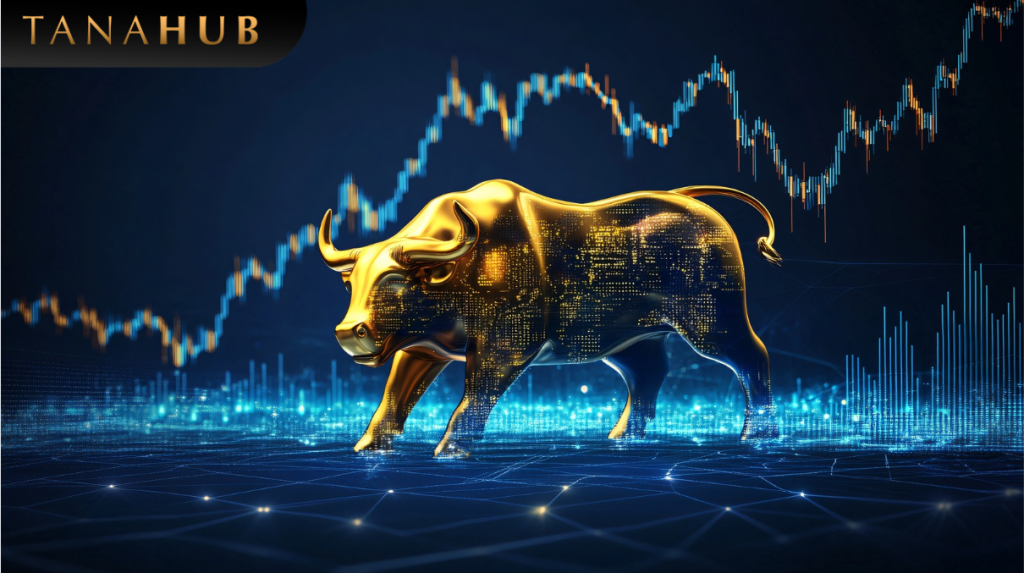Tanahub.com —Since early November, Bitcoin’s price performance has shown remarkable progress, consistently setting new All-Time Highs (ATH).
In its latest weekly report titled “Riding the Liquidity Tide,” Glassnode revealed that Bitcoin’s current movement patterns align with its performance during the 2015-2018 and 2018-2022 cycles. In terms of both the scale of increases and their duration, these cycles exhibit similar trends despite vastly different market conditions. “Historically, bullish markets often last between 4 and 11 months from a point like this,” Glassnode wrote.

This week, Bitcoin hit a new ATH at $93,200, with an impressive quarterly performance of +61.3%. This far surpasses the quarterly gains of gold and silver, which recorded increases of +5.3% and +8.0%, respectively.
According to Glassnode, there has been a shift in capital flows from investors, who previously favored gold and silver, toward Bitcoin, seen as a more modern and relatively new asset.
Bitcoin’s market capitalization also surged to $1.796 trillion, making it the 7th largest asset globally. Bitcoin now ranks above two major global assets—silver, valued at $1.763 trillion, and Saudi Aramco at $1.791 trillion. Bitcoin’s market cap is just 20% shy of Amazon’s valuation.

As Bitcoin continues to demonstrate impressive performance over the past 90 days, the overall digital asset market has also seen a significant rise in capital inflows. Over the last 30 days, total crypto inflows reached a staggering $62.9 billion.
Of this amount, the Bitcoin and Ethereum networks absorbed $53.3 billion, while stablecoin supply increased by $9.6 billion.
This inflow marks the highest since the ATH in March, reflecting strong new demand following the conclusion of the U.S. presidential election.

In the past 30 days, $9.7 billion worth of stablecoins have been minted, with the majority immediately allocated to centralized cryptocurrency exchanges (CEX). This high inflow demonstrates that stablecoins remain a crucial driver of trading activity in the digital asset market.
“The increase in stablecoin balances on CEX indicates a surge in investor demand. They are seizing opportunities by following the growing market trends, particularly after the positive momentum driven by the election results. This situation further strengthens the bullish outlook in the digital asset market,” Glassnode stated

LTH Selling Pressure vs. ETF Demand
In recent weeks, U.S. spot Bitcoin exchange-traded funds (ETFs) have become a major source of demand, absorbing much of the selling pressure from long-term Bitcoin holders (LTH). This dynamic highlights the growing influence of institutional investors in shaping Bitcoin’s market structure.
Weekly inflows into spot Bitcoin ETFs have surged to around $1 billion to $2 billion per week. This sharp rise in institutional investor demand marks one of the largest inflow periods in history.

Between October 8 and November 13, ETFs absorbed approximately 128,000 BTC, or about 93% of the total 137,000 BTC sold by LTH. This underscores the critical role of ETFs in stabilizing the market during periods of high selling activity.
However, since November 13, LTH selling pressure has started to exceed net ETF inflows. The imbalance between supply and demand has led to increased market volatility and price consolidation.




